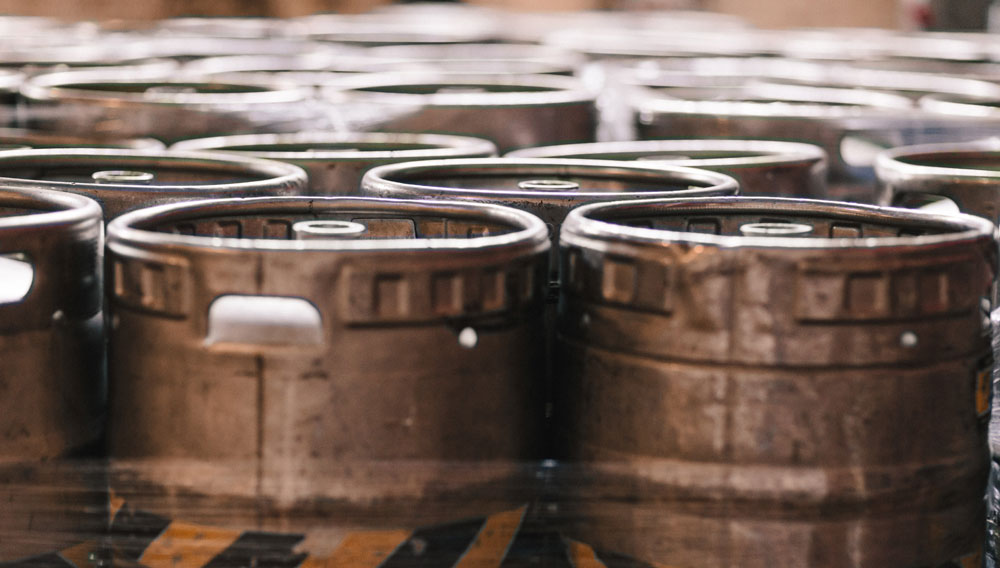Tests on Rinsing Methods for Non-refillable PET Bottles
Preliminary tests were conducted in order to develop a standard contamination, which can be used to analyse the mechanical effects of rinsing. These showed that a 70 % mustard ethanol suspension, dried slightly, is suitable to fulfil this task. In a systematic decision-making process, the conductivity measurement was selected as the method to determine the residual contamination. The performed measurement systems analysis confirmed the suitability of the used Conductometer for this measuring task. The design of the experimental plan as well as the evaluation and graphical display of the results was realized with the software Visual X-Sel® 10.0 in order to attain a large amount of information with a minor effort.
The process of rinsing is used to remove dust particles. Due to the nature and quantity of the dirt, the mustard suspension does not represent a realistic contamination. That is why the rinsing procedure rather resembles a cleaning process than a pure rinsing out process. Therefore an additional test series with the powdered dye Allurared AC as standard contamination was conducted. The percentage of rinsed-out material is calculated based on the original and residual contamination in order to obtain a meaningful value for the effectiveness of rinsing. The target size for mustard as standard contamination is the cleaning rate and for Allurared AC it is the rinsing rate.
The previously reported worse performance of the germ reduction tests of ribbed bottles was confirmed. The maximum cleaning and rinsing rate is reached by the lower setting of the number of ribs (0 ribs) and the lowest tenside concentration as well as the upper setting of air and water pressure. During the experiment with Allurared AC a direct relation between the remaining quantity of water and the rinsing rate was assumed. This could not be confirmed since no correlation between these two parameters was observed.
In conclusion mustard as standard contamination is suitable for the investigation of the mechanical effects of rinsing and for spray shadow tests. Allurared AC can be used in case fast results are demanded or to estimate real rinse programmes or bottle shapes.
BrewingScience - Monatsschrift für Brauwissenschaft, 62 (May/June) 2009, pp. 44-53



